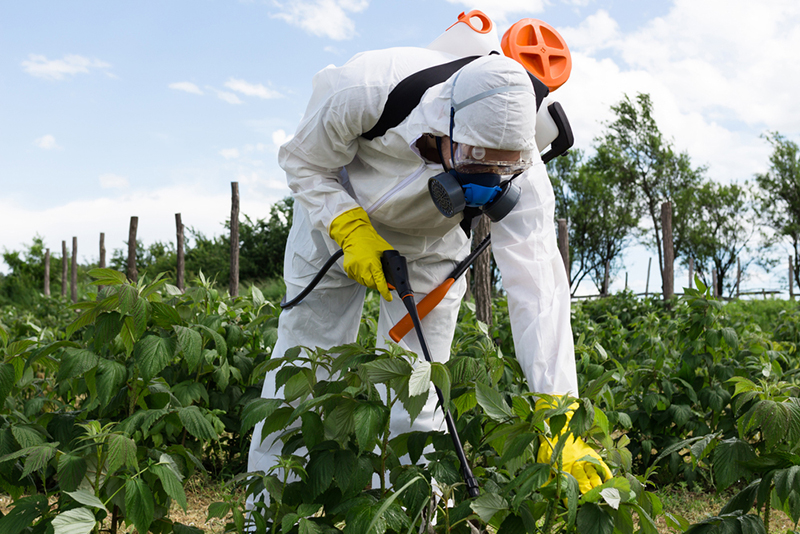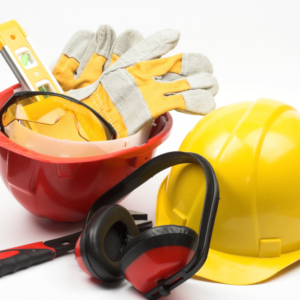Introduction:
In the world of agriculture, safety is paramount. From the fields to the barns, farmers and workers face a myriad of hazards daily. This is where Personal Protective Equipment (PPE) steps in as a crucial line of defense. In this guide, we delve into the world of agricultural PPE, exploring its types, importance, and best practices to ensure the well-being of those who work tirelessly to feed the world.
Section 1:
Understanding Agricultural Hazards
Agricultural settings present a diverse range of hazards that can jeopardize the safety and health of workers. These include:
- Chemical Exposure: Pesticides, fertilizers, and cleaning agents pose risks of skin irritation, respiratory issues, and long-term health effects.
- Physical Hazards: Heavy machinery, falling objects, and slips can lead to serious injuries.
- Biological Hazards: Bacteria, viruses, and molds present risks, particularly in animal husbandry.
- Ergonomic Hazards: Repetitive motions and poor ergonomics can result in musculoskeletal injuries over time.
Section 2:
Types of Agricultural PPE
1. Head Protection:
- Hard hats or helmets shield against falling objects and provide sun protection.
2. Eye and Face Protection:
- Safety glasses or goggles guard against chemicals, dust, and debris.
- Face shields offer additional protection from splashes and flying particles.
3. Respiratory Protection:
- Dust masks or respirators filter airborne particles.
- Specialized respirators are essential for pesticide handling and fumigation.
4. Hand Protection:
- Chemical-resistant gloves are vital for handling pesticides and fertilizers.
- Cut-resistant gloves protect against sharp tools.
- Leather gloves offer general protection during various tasks.
5. Body Protection:
- Coveralls or work suits shield against chemical splashes and dust.
- High-visibility vests ensure workers are visible in busy farm environments.
6. Foot Protection:
- Steel-toed boots protect against heavy objects and machinery.
- Chemical-resistant boots are essential for working with hazardous substances.
Section 3:
Choosing the Right PPE
Selecting appropriate PPE requires careful consideration:
- Task-Specific Gear: Match PPE to the task at hand.
- Identify Hazards: Conduct a thorough hazard assessment.
- Fit and Comfort: Ensure PPE fits well for optimal protection and comfort.
- Compliance: Check for adherence to safety standards such as ANSI and OSHA.
Section 4:
Precautions and Best Practices
To maximize the effectiveness of PPE:
- Training: Proper instruction on PPE use and maintenance is crucial.
- Inspection: Regularly check PPE for signs of wear or damage.
- Cleaning and Sanitizing: Especially important for equipment exposed to chemicals.
- Storage: Keep PPE in a clean, dry place away from sunlight.
Section 5:
Aftercare and Maintenance
Extend the life of PPE with these tips:
- Follow Manufacturer Guidelines: Clean and store according to instructions.
- Replace Worn-Out Gear: Don’t delay in replacing damaged equipment.
- Proper Disposal: Dispose of disposable items responsibly.
- Regular Checks: For reusable items like respirators, schedule routine inspections.
Conclusion:
The well-being of those in agriculture is non-negotiable, and the right PPE plays a pivotal role in safeguarding their health and safety. By understanding the hazards, selecting appropriate gear, and following best practices for use and maintenance, farmers and agricultural workers can work confidently, knowing they are protected.
Call to Action:
At Gonow Safety, we are committed to providing top-quality agricultural PPE. Explore our range of gear designed to keep you safe in every agricultural task. Contact us for personalized guidance on choosing the right PPE for your needs, and share this guide with fellow farmers to spread awareness on the importance of agricultural safety.


